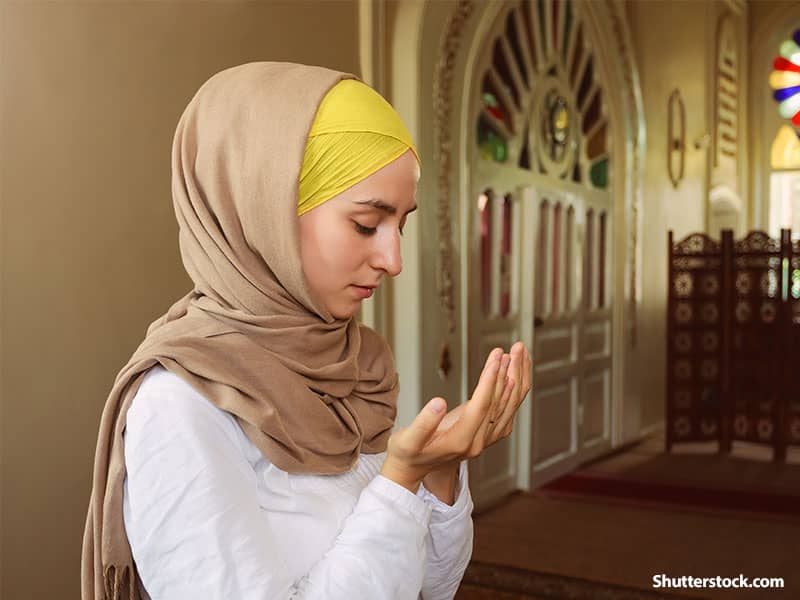 GRIP ON POWER: The Taliban control roughly 95 per cent of the country. Opposing factions known as the northern alliance are fighting Taliban forces in the north.
GRIP ON POWER: The Taliban control roughly 95 per cent of the country. Opposing factions known as the northern alliance are fighting Taliban forces in the north.
LEADER: Taliban leader Mullah Mohammed Omar, a reclusive, one-eyed figure, heads the Taliban movement. He rarely makes public appearances and spends most of his time in Kandahar, the city from where the Taliban began.
LIFE UNDER THE TALIBAN: The militia rules its part of Afghanistan harshly, according to a strict interpretation of what it considers shariat, or Islamic law. Executions are public. Restrictions against women are extensive. Women are not permitted to work and girls are not allowed to attend school beyond eight years old. Women must be covered from head to toe if they go out in public. Men must wear full beards. Most forms of light entertainment have been outlawed. Music is banned, as is television, photography and movies.
INTERNATIONAL RELATIONS: Longtime supporter Pakistan is the only country that still recognizes the Taliban as Afghanistan's legitimate government and maintains diplomatic relations. But it, too, is moving away, agreeing to help the U.S.-led coalition against terrorism after the Sept. 11 attacks. The United Nations still recognizes the government of Burhanuddin Rabbani, now in exile. The Organization of the Islamic Conference has left the Afghan seat vacant.
SOURCE: U.S. government data, AP files.

